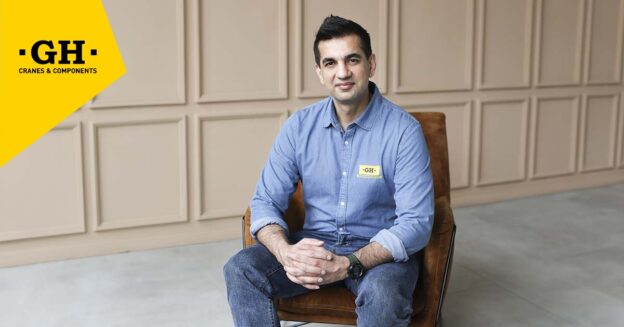A continuación, repasamos la historia de GH Perú a través de un álbum de fotos que captura momentos, personas y proyectos clave en la trayectoria de la Unidad de Mercado. Sigue leyendo


A continuación, repasamos la historia de GH Perú a través de un álbum de fotos que captura momentos, personas y proyectos clave en la trayectoria de la Unidad de Mercado. Sigue leyendo

Fernando Mindreau aterrizó en GH Perú hace aproximadamente un año y medio. Ingeniero industrial de formación, Mindreau cuenta con una destacada trayectoria en sectores clave de Perú, como la minería y el procesamiento de materias primas. Bajo su dirección, la unidad de mercado ha cumplido diez años. Sigue leyendo

For over 10 years now, GH´s presence in the Middle East has been linked to Omar Javed. Thanks to his dedication and field knowledge, we have achieved a remarkable position in this market. Thus, a few months ago, we decided to strengthen our presence in the region with the creation of a new company: GH Saudi. Javed has now become Managing Director of GH Cranes Arabia and the new company GH SAUDI. We spoke to him to find out more about GH’s presence in Arabia. Sigue leyendo